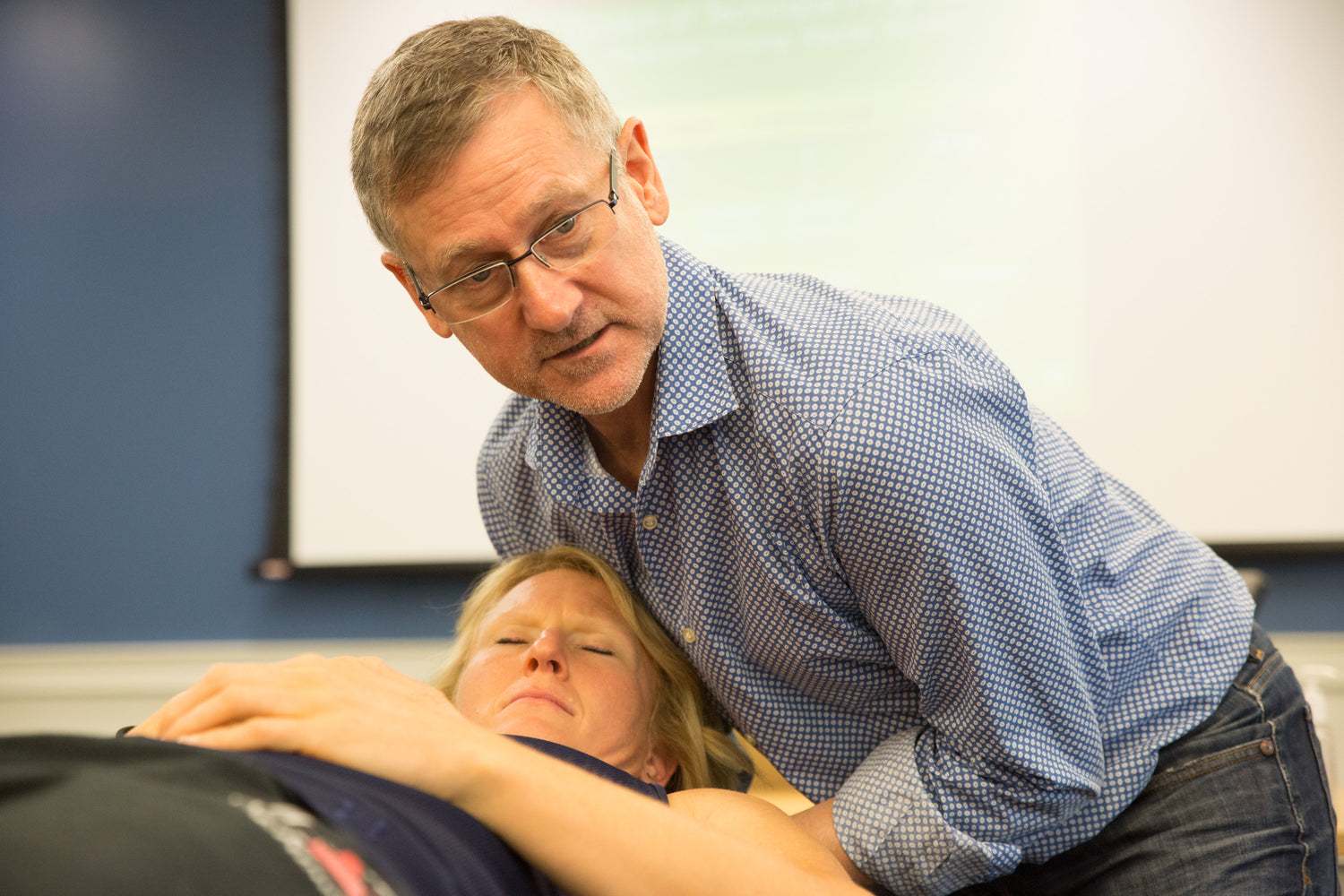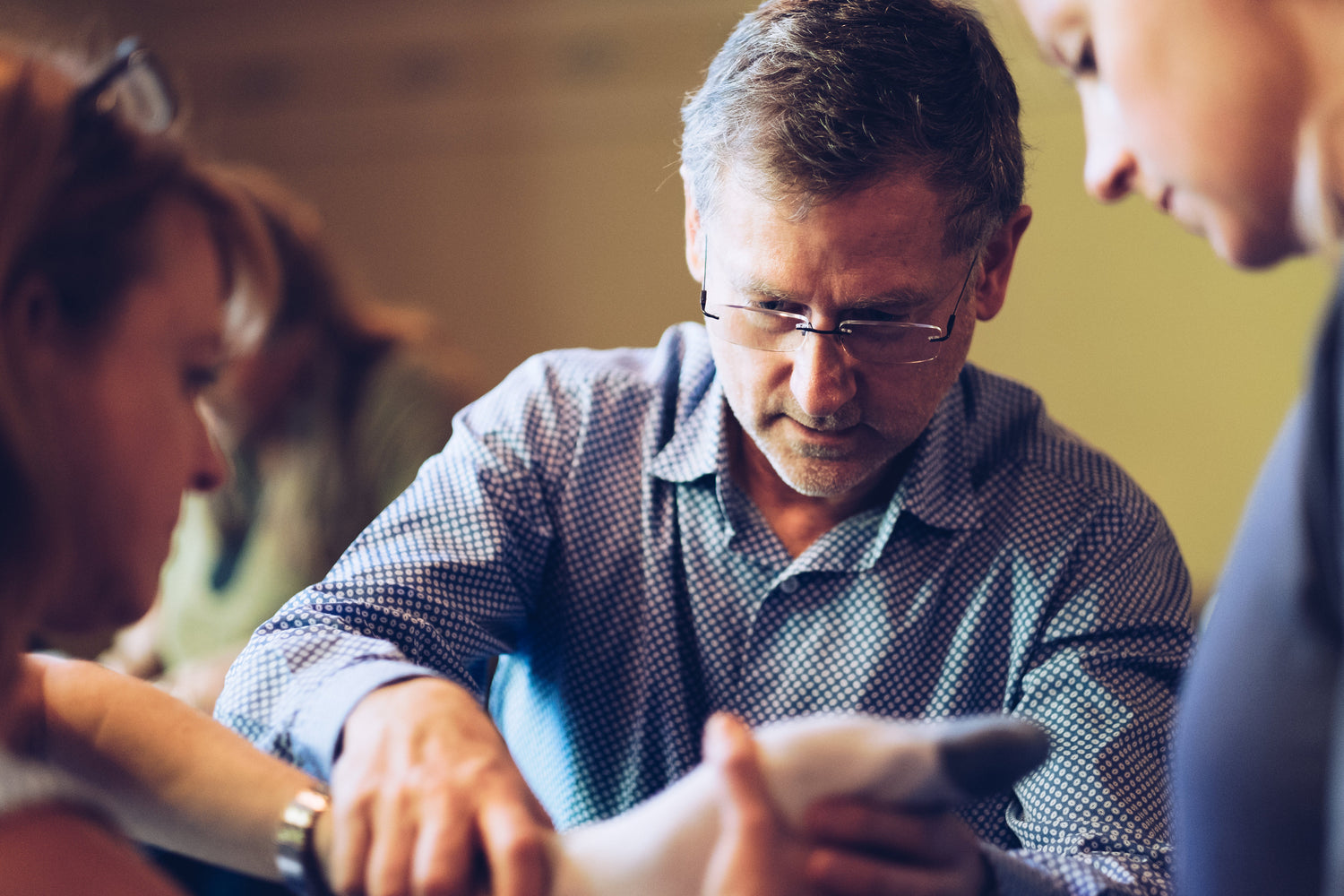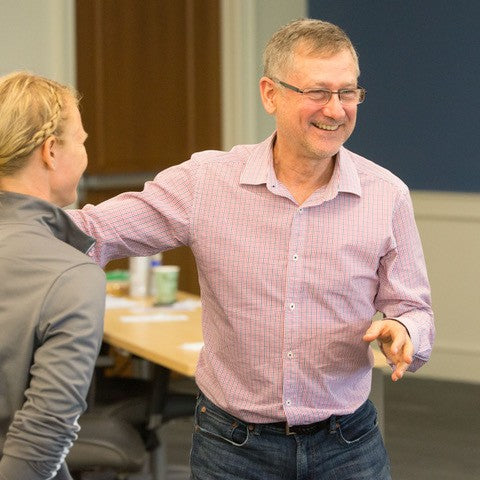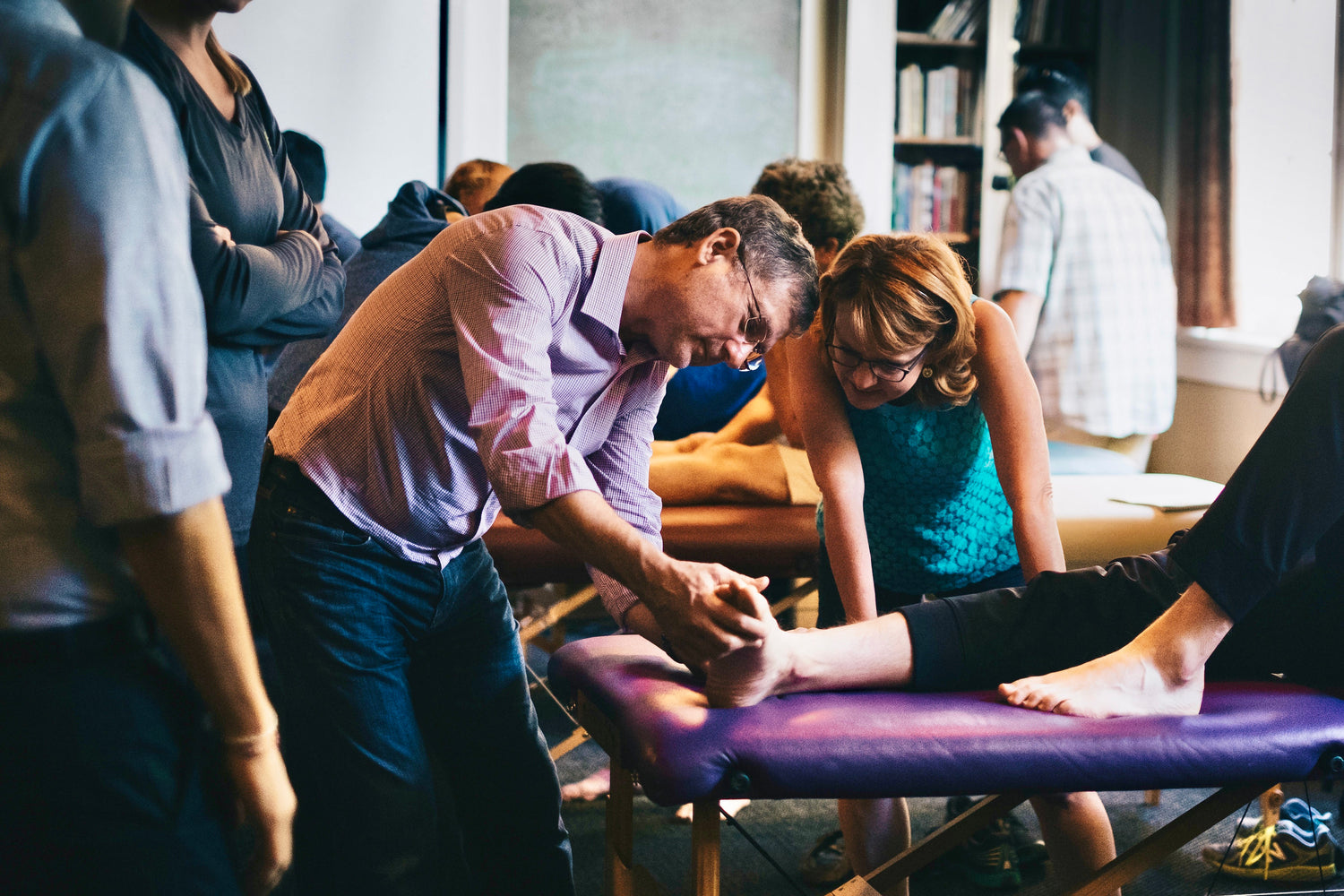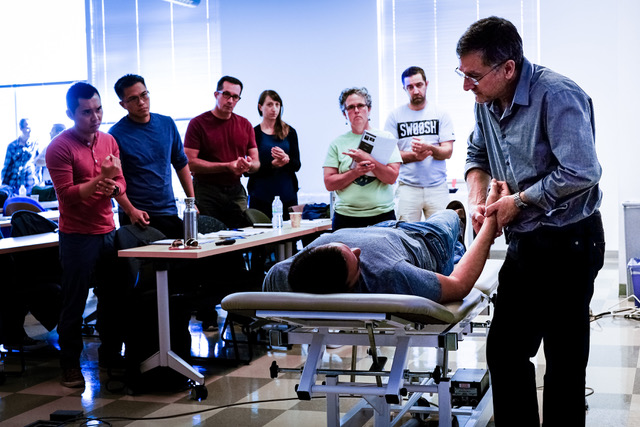Description
The NDS Online Upper Quarter course is based on Michael Shacklock's best-selling text, Clinical Neurodynamics, have been taught to more than 11k clinicians worldwide and are considered foundational for many in the musculoskeletal field.
Background
Michael Shacklock proposed the concept of neurodynamics in 1995 with his paper in the British journal Physiotherapy in which various scientific cornerstones formed a key aspect of clinical practice in physiotherapy and physical therapy neurodynamics practice.
This has been developed on in his book Clinical Neurodynamics, 2005, Elsevier, Oxford in which the whole body is dealt with in diagnosis and treatment of many musculoskeletal syndromes with a neural component.
The courses by Neurodynamic Solutions are based on the philosophy of helping therapists develop their clinical skills and applying them to their patients. This course therefore contains approximately 65% practical and 35% theory.
online delivery
Access Duration All Online Courses - 3 months.
- Upper Quarter 1 - 12 hrs.
- 7 hrs Theory (tested).
- 5 hrs Practical (assessment and treatment techniques, not tested).
Access - You receive access soon after you purchase your registration. We need a moment to enter your details and enrol you on the platform.
Compulsory sections - The theory is compulsory and there are quizzes (pass mark - 80%).
Online practical videos - These are not compulsory, neither tested, but we recommend you watch them closely as they are important for NDS practitioner certification exams.
Continuing Education Credits
Course Highlights
What you will learn
- Understand how nerves move.
- Painless nerve root mobilisations
- how to exclude neurodynamic disorders.
- Differentiate between musculoskeletal and neurodynamic components.
- Make a neurodynamic diagnosis
- technique progressions from low to high functional levels.
- How to create, select and perform the best techniques for your patients.
- Manual precision of neurodynamic technique.
- How to detect contraindications for neurodynamic treatment.
- Manual skills, specifically the ability to feel abnormalities in movement related to the nervous system in the upper quarter.
- Abilities in diagnosis and interpretation of neurodynamic testing and musculoskeletal relationships.
- Clinician’s repertoire of diagnosis and treatment of techniques.
- Safety in relation to neurodynamics.
Certification
Clinical Neurodynamics Solutions is more than a course; it's a learning and certification process, and requires:
- Obtaining Certification in NDS requires attendance in a Hybrid and/or IN-PERSON Neurodynamics courses.
- The completion of NDS Level 1 and 2 courses.
- Successful completion of NDS Level 1 and 2 Certification Exams.
- If you have completed the online NDS course and wish to attend the In-Person equivalent course an appropriate credit towards that course will be applied.
Upper Quarter Course Outline
Neurodynamics applied to the cervical spine, shoulder, elbow and wrist.
Highlights
- General neurodynamic principles applied to the entire body and specifically the upper quarter, including the cervical spine, shoulder/brachial plexus and other upper limb nerves at the elbow and wrist.
- Classifications of structures and mechanisms for diagnosis and treatment.
- Neurodynamic sequencing - a mechanism that can be used to make neurodynamic technique more specific than in the past.
- How to differentiate nerve from other tissues with mechanical testing.
- How to make diagnosis and treatment more specific than before.
Concept of neurodynamics
- General neurodynamic principles applied to the entire body and specifically the upper quarter, including the cervical spine, shoulder/brachial plexus, and other upper limb nerves at the elbow and wrist.
- Neurodynamic sequencing - a mechanism that can be used to make neurodynamic technique more specifically than in the past.
- How to differentiate nerve from other tissues with mechanical testing.
Neurodynamic sequencing
- A method used to select and create progressions for patients.
- Appropriate for patients with severe neural pain progressed to the athlete, performing artist and sports person.
Bilateral and contralateral neurodynamic testing
- Upper limb neurodynamic tests for cervical nerve root and acute dural pain.
- Progressional system to reduce force on nerve roots and progressively load them for more advanced patients.
- Acute care model for the cervical nerve root.
Neuropathodynamics
- Expands the boundaries and classifications of neurodynamic dysfunctions.
- Interface, opening and closing dysfunctions.
- Neural tension and sliding dysfunctions.
Neurodynamic testing
- MNT1, MNT2, RNT, UNT, RSNT and sensitisation techniques.
Planning the physical examination
- How not to provoke pain but still treat the neurodynamic component.
- How to sensitize the examination and treatment for hidden neurodynamic problems, level 1, 2 and type 3a, 3b, 3c examinations.
Diagnosis with neurodynamic tests
- Differentiating neural tissue from neuromusculoskeletal tissues.
- Establishing what is normal and abnormal.
- What to do next.
Method of treatment
- System of technique progression.
- Hypersensitivity problems
- subtle and hidden neural component and sensitised treatments.
- Directing treatment at pathophysiology.
- Progression from pathophysiology to pathomechanics.
Treatment progressions
- Cervical nerve root foraminal opening and closing dysfunctions.
- Neural tension dysfunction.
- Combined neural tension and reduced closing dysfunctions (level/type 3c).
- Lateral elbow pain, carpal tunnel syndrome.


